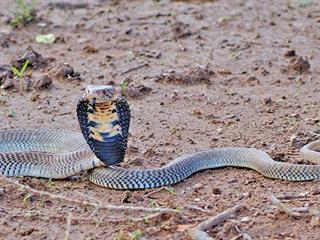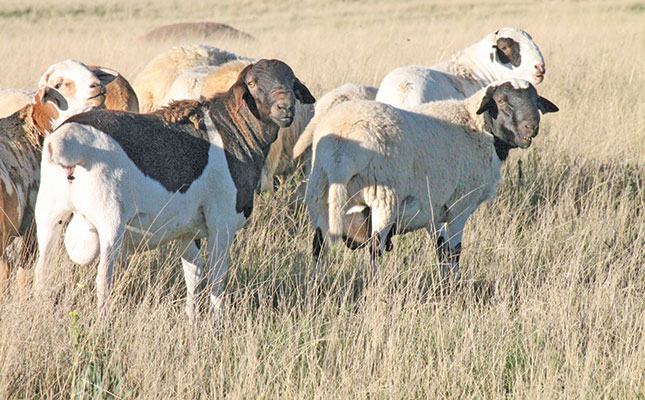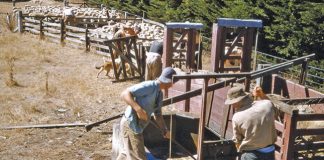
Anti-venom for snakebite was first used in South Africa back in 1886 and local production started in Pietermaritzburg in 1901. In 1928, the South African Institute for Medical Research began producing larger quantities of anti-venom, starting with Cape cobra and puff adder venom.
In 1971, the venom of the forest cobra, Mozambique spitting cobra and snouted cobra was included to produce a polyvalent anti-venom that’s still manufactured today.
In SA, horses are used to ‘raise’ anti-venom. A horse is either hyper-immunised with a single snake venom (to create boomslang anti-venom, for example) or against venoms from a variety of snake species (polyvalent antivenom). Plasma is then collected from the horse, and the proteins, pyrogens and microbes removed to create the anti-venom.
Snakebite victims are not automatically injected with anti-venom as most never experience symptoms severe enough to justify its use. Most snakes have full control over their venom glands and are quite reluctant to waste their poison. Instead, they often give ‘dry’ bites or inject only a little bit of venom that will cause discomfort or some symptoms, but nothing serious. Such patients are usually hospitalised for a day, carefully monitored and then sent home.
Intravenously
Anti-venom should only be used in a hospital environment and only when absolutely necessary. Patients will already be on a drip with the anti-venom administered intravenously. In more than 40% of all cases where anti-venom is used, snakebite victims will suffer an allergic reaction. Some go into anaphylactic shock, a life-threatening condition that must be treated with adrenaline. This is because our anti-venom is made from horse blood and the allergic reaction to horses.
Timeously
However, anti-venom can save lives and the sooner it’s administered, the better. In neurotoxic bites (mambas and most cobras) the venom may affect breathing and this is the cause of most snakebite fatalities. Cytotoxic bites (puff adder and spitting cobra) often result in swelling, blistering and tissue necrosis. If anti-venom is administered timeously, it improves the chances of preventing necrosis or reducing its extent.
It is not true that more people die from the anti-venom than from the snake venom itself. Anaphylaxis is manageable if dealt with correctly.
Source: ASI Newsletter (August 2015).













